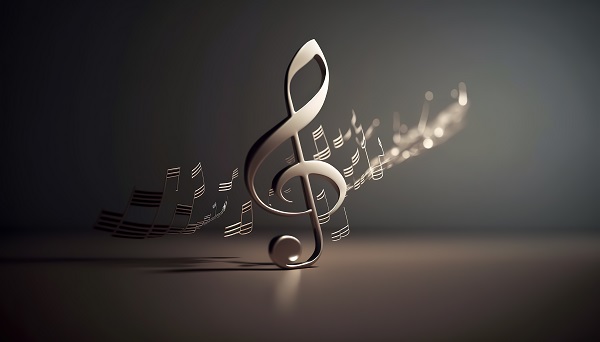
Daniel Caesar's "Best Part" is a heartfelt and romantic song that deeply connects with music lovers worldwide. A big part of what makes the song special is the beautiful guitar accompaniment, giving it a classic feel. This article closely examines the guitar chords in "Best Part," breaking down the musical elements that give the song its emotional depth. It also explores how these chords contribute to the song's enduring charm, offering valuable insights for aspiring musicians looking to grasp the art of creating emotional stories through music.
Understanding the Key
Before delving into the specifics of the best part guitar chords, it is essential to set the musical stage by understanding the song's key. "Best Part" is elegantly set in the A major key, a deliberate choice that gives the track a warm and uplifting sound. The chord progressions revolve around this key, forming the basis for the soulful melodies and heartfelt lyrics in the song.
Chord Progressions
The opening chords set the tone for the emotional journey of "Best Part." Beginning with a simple yet powerful A major chord, the song establishes its key and a sense of openness. As the verse unfolds, Daniel Caesar introduces variations of the A major chord, like A6 and A9, adding depth and nuance to the harmonies.
Moving to the chorus, there's a pleasing shift to the D major chord, creating a subtle but impactful contrast. This change from A major to D major adds to the emotional ups and downs of the song, enhancing the listener's experience. The chorus also brings in the E major chord, adding brightness and tension before resolving back to A major.
Transitions and Variations
One of the standout features of "Best Part" is Caesar's skillful use of transitions and chord variations. Smooth shifts between chords, often with suspended chords and inversions, give the song a flowing and cohesive quality. For example, the transition from A major to D major is made smooth by incorporating an A major 7th chord, acting as a melodic bridge between the two.
Caesar introduces variations like the F#m7 and Bm7 chords, bringing subtle shades that blend with the overall mood of the song. These minor chords add a touch of melancholy and introspection, intensifying the emotional impact of the composition.
Strumming Patterns and Dynamics
The strumming patterns and dynamics in "Best Part" are equally important. The song adopts a gentle and rhythmic strumming pattern, emphasizing its laid-back and intimate feel. Dynamics, or variations in volume and intensity, play a crucial role in highlighting key moments, such as the transition from the verse to the chorus.
The guitar chords in Daniel Caesar's "Best Part" epitomize a masterclass in harmonic storytelling, showcasing the meticulous choices, seamless transitions, and varied nuances that collectively contribute to the song's timeless allure. Aspiring guitarists stand to gain invaluable insights from dissecting these chords, not only advancing their technical proficiency but also fostering an understanding of how harmonic intricacies elevate a song to the status of an emotionally resonant masterpiece, ultimately enriching their musical journey.
